And now this shift is starting to have repercussions beyond motorsport. There has long been a technology overlap between the high-end automotive and aerospace sectors; but the adventures in electrical power systems have created an opportunity for F1-derived technology to find new applications in, of all things, renewable energy.
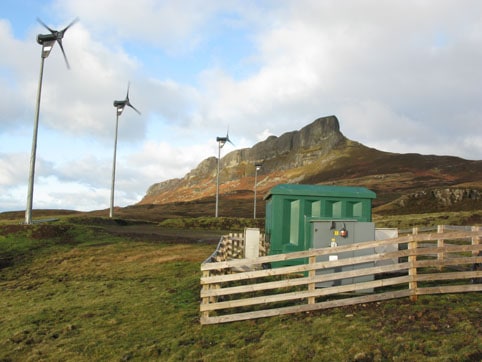
In 2008, British F1 team Williams diversified its business with the creation of Williams Advanced Engineering, and one of its key goals was to adapt the company’s kinetic energy recovery system (KERS) for wider use: in trains, buses and construction vehicles, but also in energy-storage systems for electricity grids. Now the firm is preparing to begin a two-year trial of its adapted KERS on two Scottish islands as a way of preventing power outages in communities that rely heavily on intermittent wind energy.
If changing F1 rules led to the creation of Williams’ energy storage technology, they also helped start the company’s journey into the renewables sphere. After the firm had developed and tested a flywheel-based KERS, sudden alterations to the refuelling rules meant the cars needed larger fuel tanks, forcing Williams to abandon the system and instead take advantage of recent advances in high-voltage batteries that could be more flexibly packaged in the car.
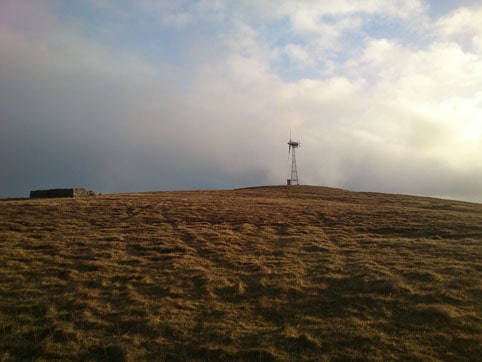
]A flywheel is the equivalent of a mechanical battery: instead of storing energy as chemical potential, it stores it as movement in the form of a rapidly spinning disc. This is connected to an electrical motor, which charges the flywheel by increasing its speed; and a generator, which converts the rotational movement back into electricity. The flywheel will gradually lose energy on its own as the disc slows down, but the upside is it can be charged and discharged very rapidly, something that makes it ideal for capturing and briefly storing energy in regenerative braking systems.
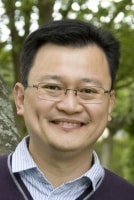
‘Flywheels are very good at producing very high power for a very short time,’ explains Andrew Goodwin, senior applications engineer at Williams Advanced Engineering who is working on the flywheel grid system. ‘That lends itself to accelerating very hard coming out of a corner and then recharging very quickly when you brake. But it just so happens that around the same time [as Williams developed the flywheel KERS] batteries improved and you could start to get those same characteristics.’
When it comes to other energy-storage applications, however, flywheels have some key properties that still give them the edge over batteries, namely that they can be repeatedly and rapidly charged and discharged without any loss in capacity. And so Williams established several new engineering teams to make sure the work that had gone into the flywheel development wasn’t wasted. One of those teams, currently led by electrical machine expert Hoe-Seng Ooi, was tasked with scaling up
the system for use with micro-electricity grids powered by renewable energy sources such as wind turbines.
Because such turbines don’t produce electricity all the time, communities that rely on them often need to use backup diesel generators for when the wind isn’t blowing. However, as well as burning increasingly costly fossil fuel, these systems still suffer from the problem of mini-blackouts. ‘If the wind drops and the frequency drops then all the power goes off until the diesel starts and that takes about 10 seconds,’ says Goodwin. ‘This can happen about once every hour.’
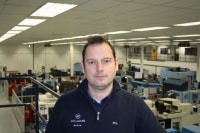
That’s where Williams believes its technology can come in. By charging itself when the wind is blowing, the flywheel can keep the electricity flowing if the wind drops briefly, preventing interruption until it starts again or activating the diesel generator once it’s nearly discharged. This isn’t a new idea: one of the reasons that Goodwin was recruited six months ago was his experience working in California with hundreds of flywheels as part of uninterruptible power supply (UPS) systems in buildings where it’s vital the lights don’t go off, such as hospitals.
The difference with Williams’ system is its high duty cycle capability — its ability to frequently charge and discharge without overheating, something that’s essential to coping with the frequently intermittent nature of wind power (or constant braking and accelerating) as opposed to the occasional rare grid outage. ‘Most flywheels have a very low duty cycle as they’re typically designed for UPS applications where they’re just sitting at full energy for most of the time and then they discharge,’ says Goodwin. ‘We’re different because we’re always cycling, we’re always doing something.’
Williams’ flywheel has two key design features that give it this capability. First, the flywheel and motor/generator are integrated into a single unit with cooling pipes next to the motor’s copper coils that carry away the heat generated as the system rotates. The second feature is more integral and helps the system to generate less heat in the first place.
Instead of using solid magnets, the rotor is made with a layer of magnetically loaded composite (MLC) — essentially glass fibre containing crushed neodymium magnets. This has less conductivity and so reduces interaction with the stator’s changing magnetic field, therefore producing less heat. ‘This means the motor has very low losses and very high efficiency, which is very suitable for this kind of application,’ says Ooi, who is based at the Williams Technology Centre in Qatar where it is also trialling the flywheel in the country’s public transport system.
To test the flywheel’s ability to smooth renewable power flow, the company is undertaking a £1m project part-funded by the government to install the technology on two islands: Fair Isle, which sits between Orkney and Shetland, and was the site of the UK’s first commercial wind turbine back in the 1980s; and Eigg, the west coast Small Isle south of Skye that installed a modern renewable microgrid complete with turbine and battery storage five years ago. These two different environments give Williams the perfect opportunity to gather a range of data on how grid storage flywheels perform.
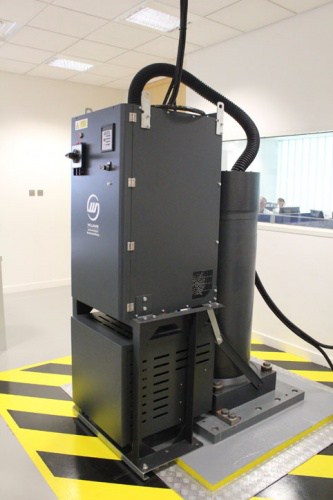
‘On the Isle of Eigg it will add to the power quality because it adds to the number of ways they can feed the power so there’s less chance of a problem, but it will also extend the life of their batteries [as they will be used less],’ says Goodwin. ‘Fair Isle only guarantees power in the day, so if the wind stops blowing at night they don’t turn the diesels on and the power just goes off. If we can provide some energy storage they’ll have a better chance of power during the night if there’s a small amount of wind blowing.’
Williams’ flywheels have a maximum power of 200kW, which means they could fully power around 200 homes for 30 seconds. But Goodwin says their more typical load will be around 20kw for up to five minutes. And although field trials have yet to start, the team has already managed to collect plenty of data by making the flywheels think they are already installed. ‘Instead of putting the flywheel straight on the site we have recorded data from all the components of the grid and run a simulation in real time interfaced with the actual flywheel,’ says Ooi.

The grid-storage flywheel is remarkably similar to the one developed for the KERS. The wheel itself is the same diameter to maintain the optimum velocity of around 2,000mph at the edge of the disc, although it is also much taller (around 1m) in order to increase its mass and therefore the amount of energy it holds.
The project is providing a fascinating opportunity for Goodwin, who has managed to go from working on high-speed machines from enriching uranium to a top automotive engineering facility. ‘It’s fascinating, especially where I work a lot of the time in prototyping and testing when you see stuff that’s been developed there on the track.’
If Williams’ affair with green technologies continues, there may be plenty more opportunities in the future.




Project to investigate hybrid approach to titanium manufacturing
What is this a hybrid of? Superplastic forming tends to be performed slowly as otherwise the behaviour is the hot creep that typifies hot...